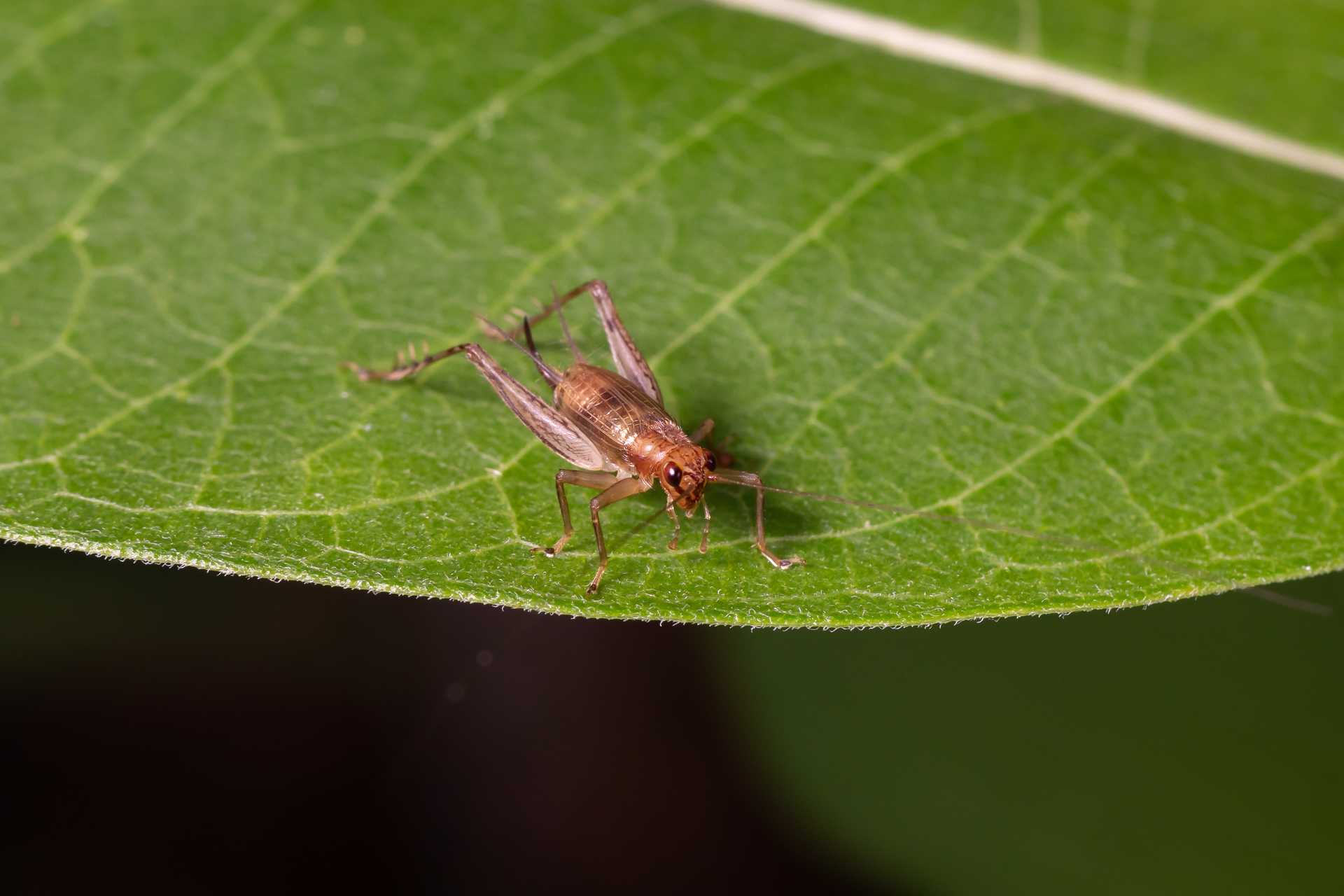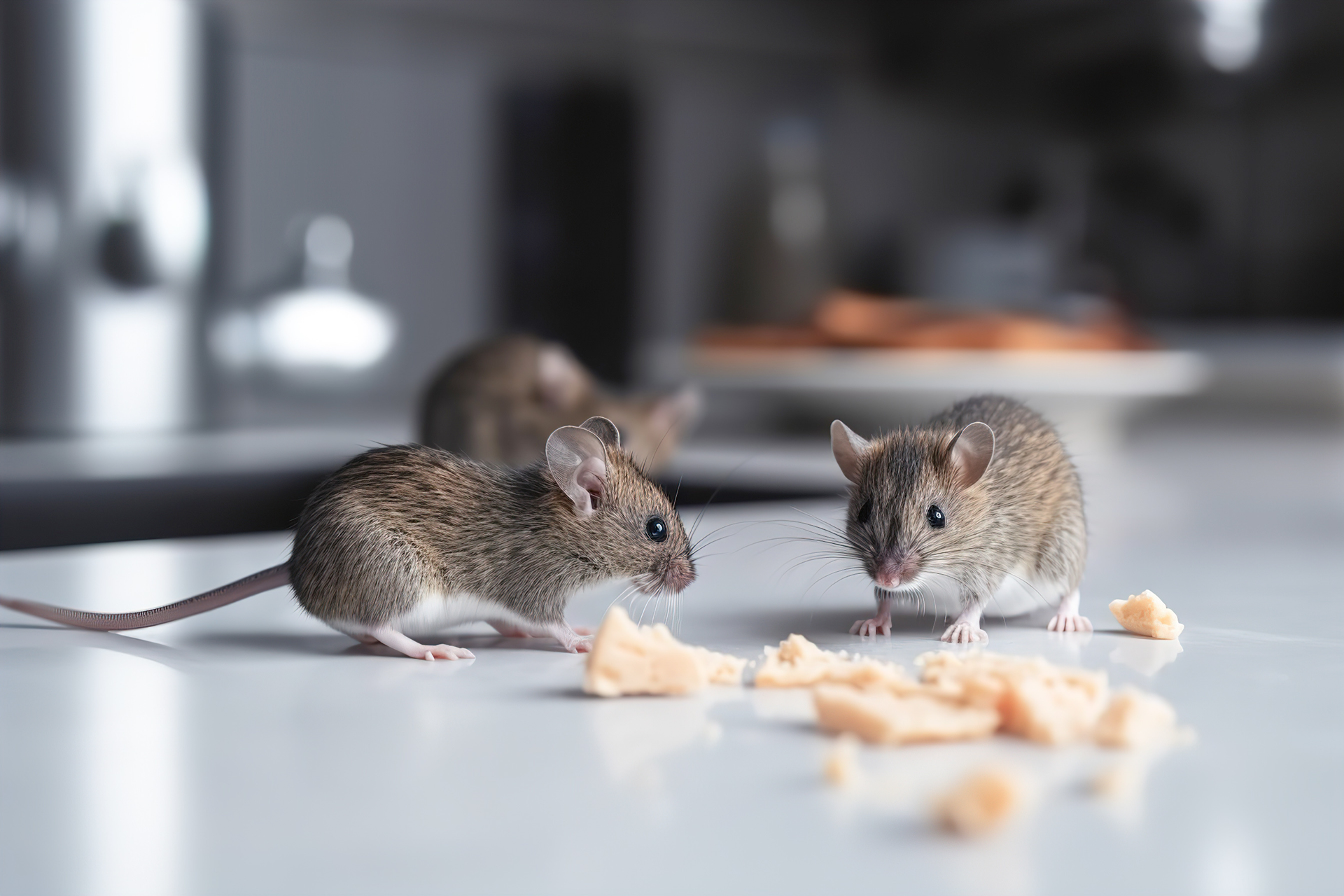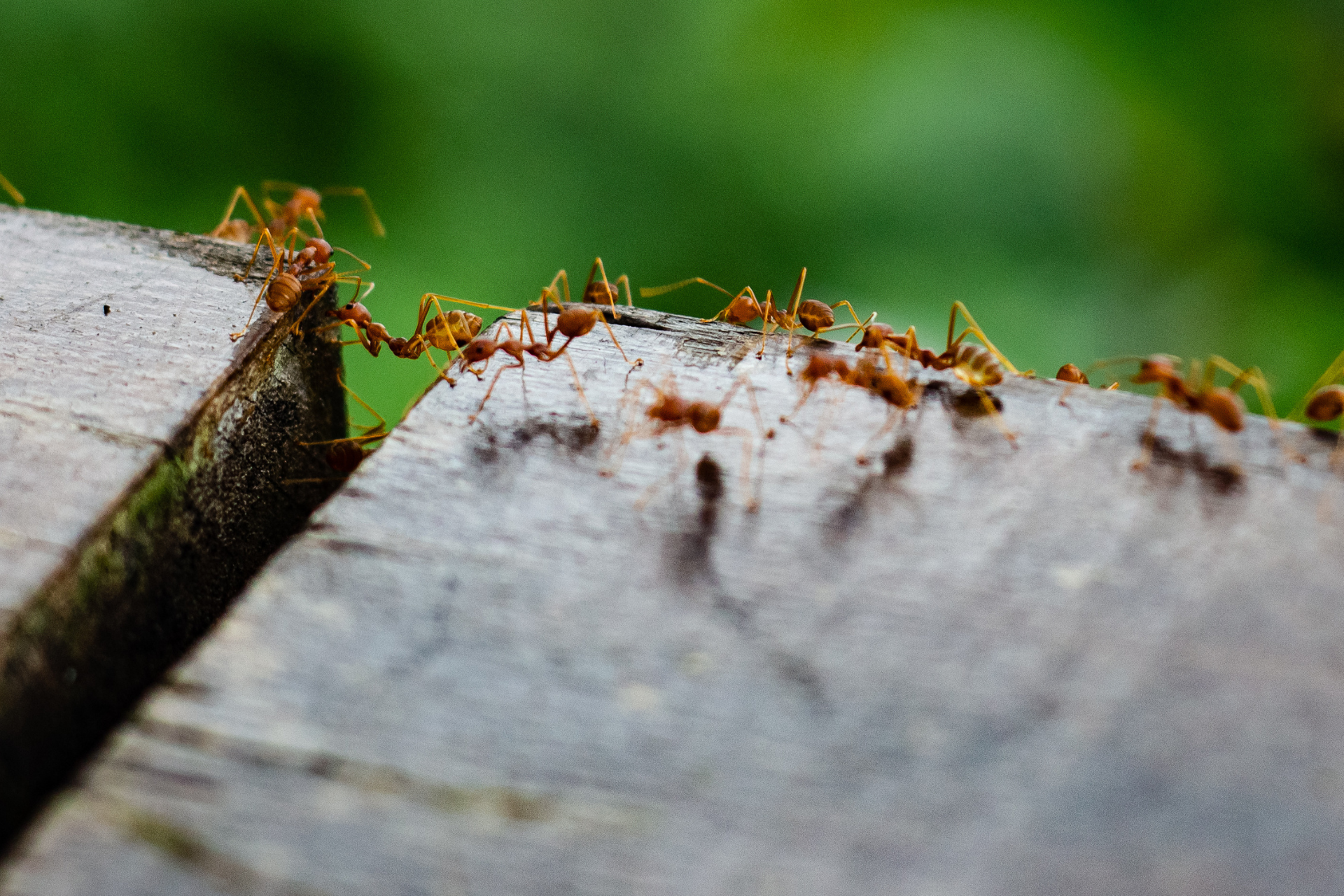How Do Insects Communicate?
Insects, despite their small stature, have evolved an astonishing array of communication methods to navigate their environment, interact with their peers, and ensure their survival. Understanding the intricacies of insect behavior and communication is not only a source of wonder but also holds immense importance in the realm of pest control.
The Language Of Chemicals
Pheromones, the chemical language of insects, serve as potent communicators within their communities. These unique chemical compounds transmit information about the insect's identity, reproductive status, and even its emotional state. By harnessing the power of pheromones, insects can effectively coordinate their activities and respond to changes in their environment.
Pheromones serve various purposes.
- Attracting Mates: One of the primary functions of pheromones is to attract potential mates. Insects release specific pheromonal blends that act as irresistible invitations, guiding prospective partners towards each other. The precise chemical composition of these pheromones varies between species, ensuring species-specific communication and successful reproduction.
- Marking Territories: Pheromones also play a crucial role in demarcating territories. Insects emit chemical signals to assert their dominance over a particular area, effectively communicating their presence and warding off potential rivals. These territorial markers not only help maintain social order but also facilitate efficient resource allocation within the community.
- Warning Of Danger: Pheromones can act as alarm signals, alerting fellow insects to potential threats. In response to danger, insects release alarm pheromones that communicate imminent risks, prompting others to adopt defensive measures or flee from the perilous situation. This rapid transmission of information aids in the survival of the entire insect community.
The extraordinary world of ant colonies and beehives offers remarkable examples of pheromonal communication. Ants, for instance, employ trail pheromones to guide their fellow colony members towards food sources, ensuring efficient foraging. Meanwhile, bees use a combination of alarm pheromones and recruitment pheromones to defend their hive and direct fellow workers to nectar-rich flowers. These intricate pheromonal systems enable cooperative behavior and contribute to the overall success of the colonies.
Importance Of Disrupting Pheromonal Signals For Effective Pest Control.
Recognizing the significance of pheromonal communication in insect behavior provides a valuable opportunity for pest control strategies. By understanding the specific pheromones involved in attracting mates, marking territories, or alerting to danger, scientists and pest control experts can develop targeted methods to disrupt these signals. This disruption hinders the ability of pests to find mates, establish territories, or effectively respond to threats, ultimately reducing their population size and mitigating the damage they cause.
Visual Communication
In the realm of insect communication, visual displays play a captivating role. Insects, adorned with vibrant colors and equipped with intricate movements, have evolved an array of visual signals to convey crucial information.
Visual communication in insects relies on a remarkable array of displays, involving vibrant colors, patterns, and intricate movements. These visual signals serve as a means of conveying information and messages to other individuals within their species.
Examples of visual communication in fireflies and butterflies.
- Fireflies: Fireflies are renowned for their mesmerizing light displays, particularly during mating rituals. The synchronized flashing patterns emitted by male fireflies serve as an alluring beacon for receptive females. These intricate displays enable individuals to locate and recognize suitable mates, ensuring successful reproduction.
- Butterflies: Butterflies, with their vibrant hues and graceful flight patterns, employ visual communication to signal their presence, establish territories, and attract potential mates. The striking coloration of their wings acts as a visual advertisement, conveying important information about their species, sex, and overall fitness.
Vibrant colors and intricate movements are instrumental in visual communication among insects. The bright pigments found in their bodies and wings serve as visual signals that aid in species recognition, mate selection, and social interactions. Intricate movements, such as wing displays or courtship dances, further enhance the effectiveness of visual signals, capturing the attention of potential mates or conveying messages of dominance or submission.
Auditory Signals
In the intricate realm of insect communication, auditory signals play a symphony of importance. Insects have evolved a diverse array of sounds to convey messages, establish territories, and facilitate mating rituals. Insects produce sounds through various mechanisms, including stridulation (rubbing body parts together), wing vibrations, and air expulsion from specialized structures. These intricate sound-producing adaptations allow insects to generate a rich repertoire of acoustic signals.
Sound waves, once produced, propagate through the environment in a manner specific to each insect species. The characteristics of sound transmission, such as frequency, amplitude, and directionality, influence the effectiveness of communication within their habitats. Acoustic signals also serve as a means of asserting dominance and defending territories. Insects produce aggressive sounds, often involving rapid stridulations or high-pitched buzzes, to fend off rivals and protect their resources. These acoustic displays communicate ownership and deter potential competitors.
Examples Of Auditory Communication In Crickets And Cicadas.
- Crickets: Male crickets produce characteristic chirping sounds to attract females. The distinctive chirps vary in frequency and pattern, allowing females to recognize conspecific mates. These acoustic displays enable precise mate localization and serve as a crucial aspect of reproductive success.
- Cicadas: The vibrant chorus of cicadas represents one of nature's most iconic soundscapes. Male cicadas generate loud, rhythmic calls that reverberate through their habitats. These calls function as mating calls, attracting females to specific locations for courtship and reproduction.
Importance Of Understanding Insect Sound Communication
Understanding insect sound communication is of great significance. Acoustic communication provides valuable insights into the behavior, ecology, and evolutionary adaptations of insects. By decoding the intricate patterns and meanings embedded within their sounds, we can gain a deeper understanding of their social structures, reproductive strategies, and ecological interactions.
Knowledge of insect sound communication can be leveraged for pest management strategies. By deciphering the specific acoustic signals associated with mating or territorial behaviors, scientists and pest control experts can develop targeted methods to disrupt these communication channels, leading to more effective pest control and mitigation efforts.
Vibrations And Touch
Insects have harnessed the power of vibrations and touch as a means of communication, enabling them to exchange information, coordinate activities, and navigate their environments effectively. Through subtle cues and delicate interactions, they establish complex communication networks within their communities.
Examples of tactile communication in honeybees and ants.
- Honeybees: Honeybees, renowned for their social organization, utilize tactile communication to convey essential information within their colonies. Through the "waggle dance," worker bees communicate the location, distance, and quality of food sources, allowing other members of the colony to efficiently forage and exploit available resources.
- Ants: Ants also rely on tactile cues to communicate and coordinate their activities. Through antennation, where ants touch antennae together, they exchange chemical and tactile signals that convey information about food sources, colony members, or potential threats. This tactile communication aids in maintaining the cohesion and efficient functioning of ant colonies.
Beyond Intra-Species Communication
Insect communication extends far beyond the boundaries of their own species, as they engage in complex interactions and communication with other organisms. These symbiotic relationships and inter-species communications play a significant role in shaping ecosystems, influencing pest control strategies, and highlighting the interconnectedness of life on Earth.
Ants and aphids showcase a fascinating example of symbiotic communication. Ants protect and care for aphids, which, in turn, provide ants with a sugary substance known as honeydew. This symbiotic relationship is maintained through intricate chemical signals and tactile interactions, allowing both species to thrive.
Communication between ants and aphids involves a combination of chemical signals and physical contact. Ants release pheromones to guide aphids to desirable feeding sites or protect them from predators. Aphids, in response, signal their need for protection through vibrational cues or the release of alarm pheromones.
Exploring communication beyond their own species opens a gateway to understanding the intricate interconnectedness of nature. By unraveling the complex web of communication and cooperation between insects and other organisms, we gain insights into the dynamics of ecosystems, the efficacy of biological pest control, and the essential role of maintaining ecological balance.
Troutman Branch
694 South Main Street
Troutman, NC 28166
704.761.9697














